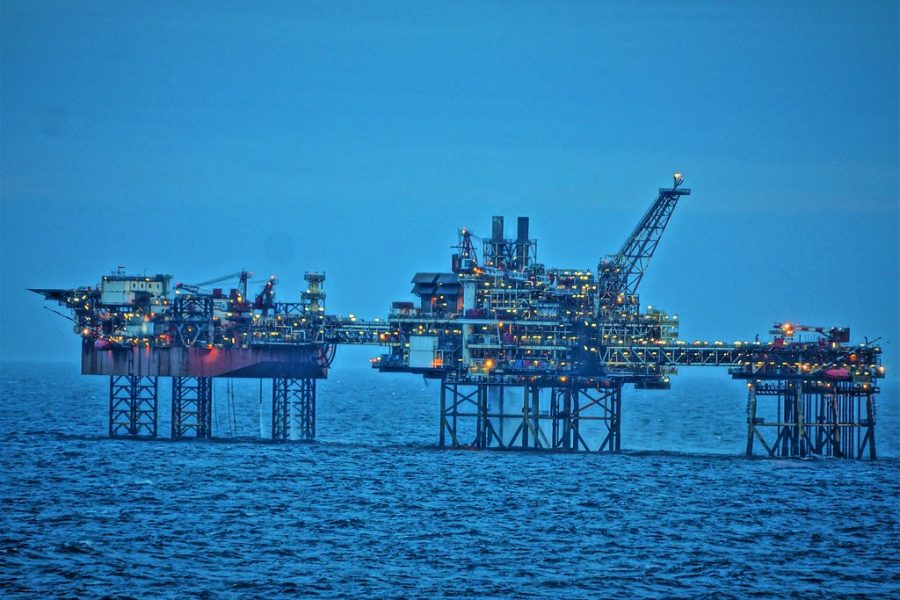Russia invades Ukraine, impacts U.S. economy
Photo used with permission from Google Commons
Oil is an important resource from Russia. Russia’s conflict with Ukraine has caused sanctions and price increases on oil, impacting the United States’ gas prices and stock market.
Fuel prices have surged to above $100 per barrel with oil prices over the $130 per barrel mark for the first time since 2008, and gas prices at all-time highs.
On Mar. 8, President Joe Biden signed an executive order to ban the import of Russian oil, liquefied natural gas and coal to the United States. The order also banned new U.S. investment into Russia’s energy sector. According to J.P. Morgan Researchers, it is a projected high risk of large energy supply disruptions, with Brent oil price to stay high between $100 to $185 per barrel with the possibility of more intense sanctions.
Russia is not a major U.S. trading partner, but Russia and Ukraine are the biggest corn and wheat suppliers, used to make oil, so prices have gone up. This is a consequence of Russia’s invasion of Ukraine, which is expected to slow down global growth while raising inflation.
Sanctions were applied to Russia’s central bank, which impacts the country’s more than $600 billion of foreign currency reserves. This is the leading factor for the Russian central bank to increase its key interest rate from 9.5% to 20% and to the imposition of capital controls. Sanctions and export controls have been broad-based to date, targeting Russian banks, exports of high tech assets and the issuance of Russian sovereign debt and equity. The Russian equity market has remained closed since Feb. 25. Students have felt the effects. Senior Jack Mehler said, “My investments in the stock market took a large dip due to the invasion.”
The Russian currency, the ruble, continues to reach all-time low values. Around 15% of Russia’s exports are settled in ruble; around 55% are settled in U.S. dollars (USD) and 30% in other hard currencies. Therefore, restrictions on USD settlement can also seriously disrupt these transactions, even if Russia’s trading partners are willing to import. VanEck Russia ETF (ticker: RSX) – an exchange-traded fund with broad exposure to the Russian economy is down more than 60% in the past month due to the invasion of Ukraine imposed by the Russian President Vladimir Putin. Junior Luke Danielian said, “The Russian invasion of Ukraine affected all of my assets. Many lost significant value caused by fear in the market.”
In natural gas, J.P. Morgan Commodities Strategy revised upward their summer 2022 title transfer facility price forecast to $85.95 per megawatt-hour to reflect the evolving geopolitical risks of the Russia/Ukraine conflict. This is if Russia would continue to honor long term natural gas supply commitments to Europe.
Gold prices have risen throughout the Russian invasion of Ukraine. Gold reached prices above $2,000 per troy ounce, and is currently trading at $2,500 per ounce which is the highest level since August 2020.
Your donation will support the student journalists of Thomas S. Wootton High School. Your contribution will allow us to purchase equipment and cover our annual website hosting costs.







